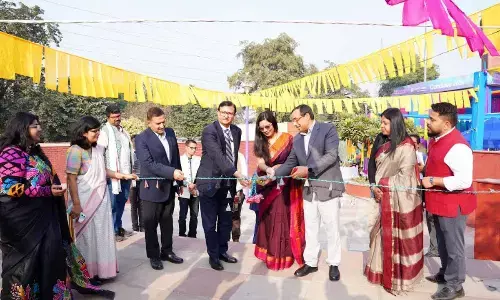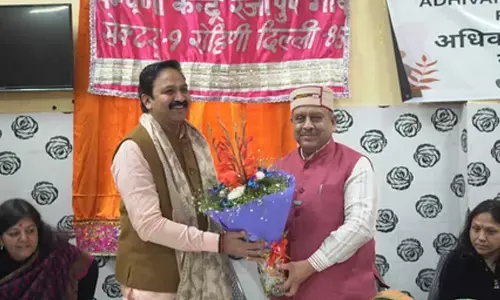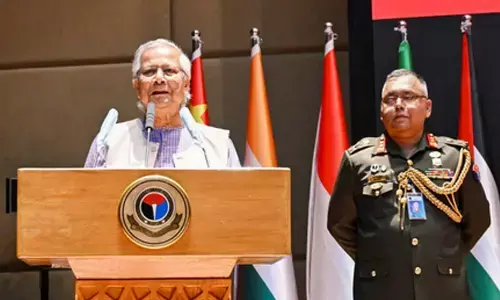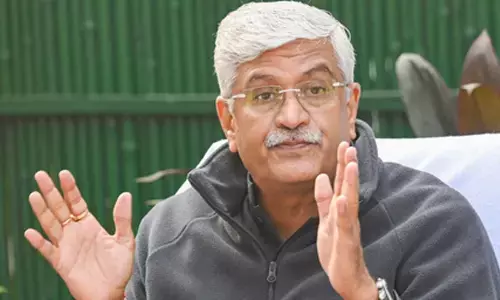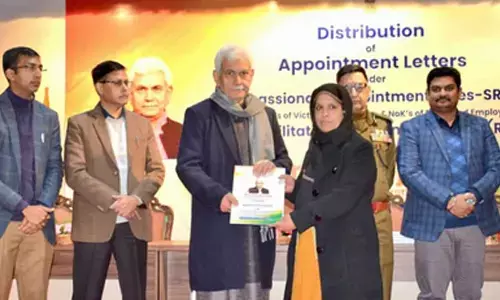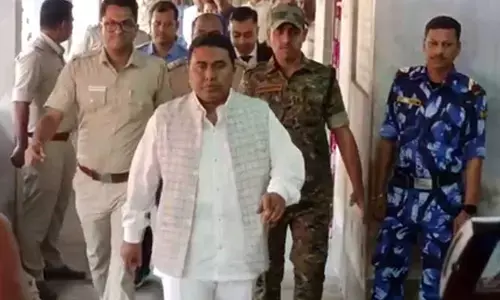Emphasis on digital evidence for crime detection sees rise in conviction rate
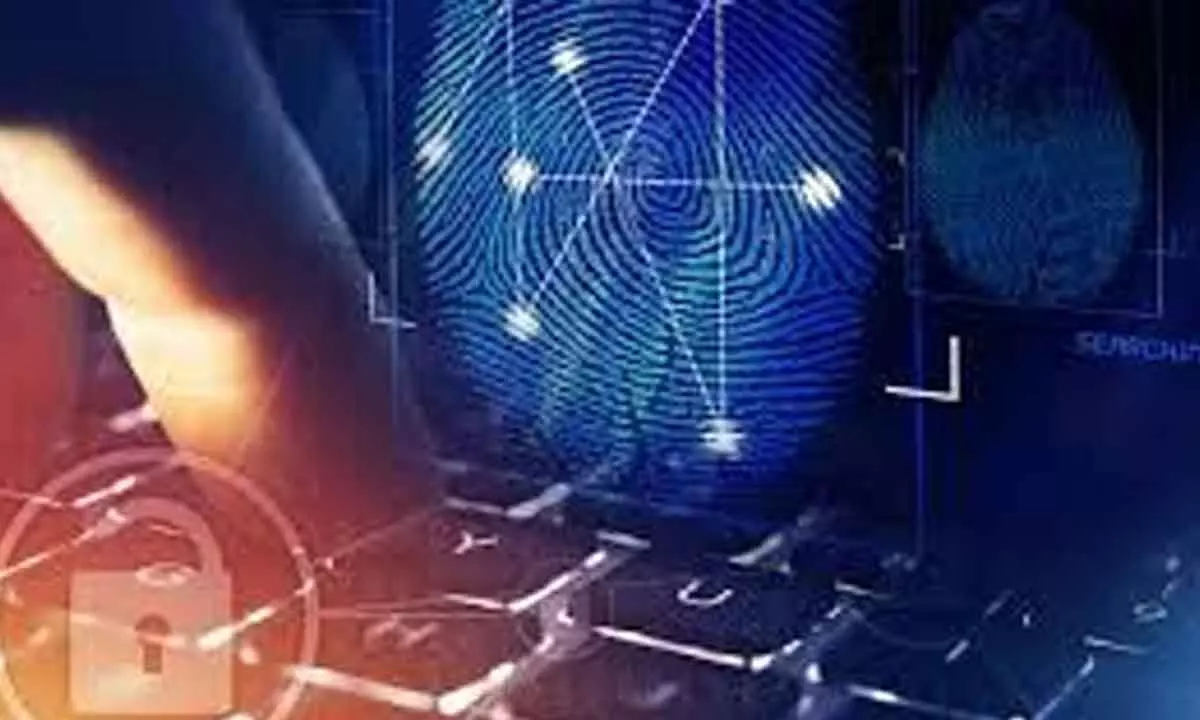
The police have modified the methods of collecting evidence in various criminal cases including theft, extortion, dacoity, murder, rape and assault in Bengaluru.
Bengaluru: The police have modified the methods of collecting evidence in various criminal cases including theft, extortion, dacoity, murder, rape and assault in Bengaluru. Now the cops are all set to crack the new pattern of crime cases giving more importance on digital evidence.
The detail of the mobile network of the accused is being compulsorily collected and the other important digital evidences include the location of the CCTV footage near the area where the crime took place, the tower location. At the place where the crime is committed, the fingerprints of the accused are taken and the investigated. In 90 percent of the cases, scientific evidence is collected and explained in detail in the charge sheets. New technology is being used to tackle new types of crimes.
In the wake of the crime cases in the city going beyond the limit, the state government held a meeting with the senior police officers and instructed them to gather strong evidence against the accused and ensure that they are punished. After this, the new rule has been implemented.
When the charge sheet is filed and the trial is held in the court, the witnesses are being reconsidered about their testimony. A court monitoring cell team is formed under the leadership of ASI and every day they are assigned duty and sent to the court. He oversees the case and guides the witnesses through the government prosecutors to give strong evidence against the accused. Due to this development, the rate of punishment in the court in 2019 was 60.85% and by 2022, it has increased to 84.7%.
Earlier, without much emphasis on digital evidence, the police used to sit back and ask the eyewitnesses to come to the court and testify. The witnesses were giving adverse evidence under the lure of the accused. Forensic Science Laboratory (FSL) did not attach much importance to the reports. Appropriate evidence was not cited in the charge sheet. Once the investigating officers submitted the charge sheet of the case, they did not face the court again. Movement of the accused was not monitored.
Thus, 70% of the cases registered in the city the accused were acquitted. Now the police who fail to punish the accused are given punishments like reminder, warning, reprimand, fine, postponement of annual salary promotion. State and district level active review committee meetings conduct review and take appropriate disciplinary action against the erring police officers.
Departmental disciplinary action is also being taken against the concerned police officers as per the recommendation of the District Level Board. Thus, the police are now collecting strong evidence against those involved in criminal cases and escaping punishment.
In the state capital, day and night burglary cases are on the first place, followed by cases like extortion, drug sale, dacoity, robbery, assault, dowry harassment, murder, atrocity case, sexual violence. Most of the punishments are given in these type of cases. A senior police officer said that in cases like fraud, cyber crime, abuse and road accidents, the rate of punishment for the accused is very low.
Witnesses are instructed on this every time before testifying in court. Strong evidence is cited in the charge sheet as well. Thus the rate of punishment is increasing, said Patil Vinayak Vasantrao, DCP, North.










